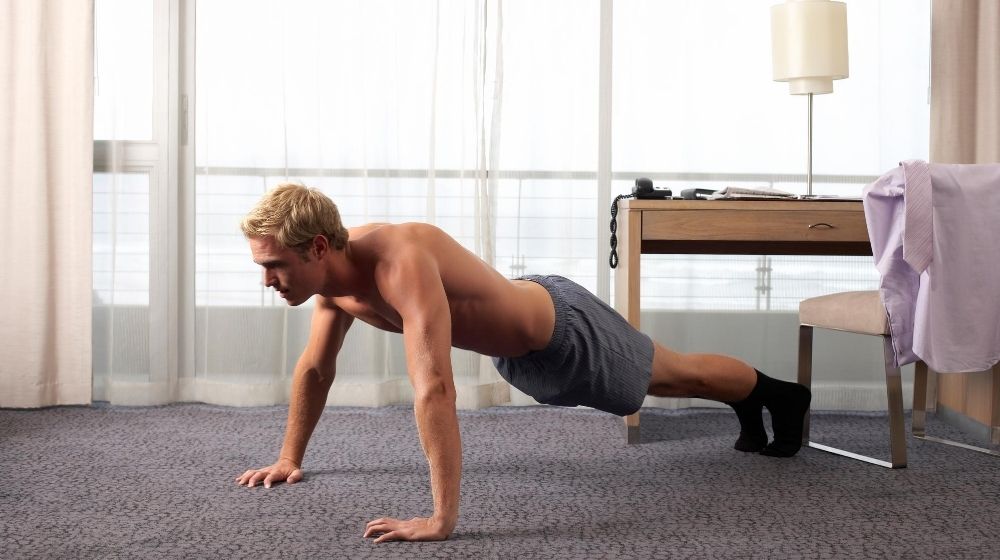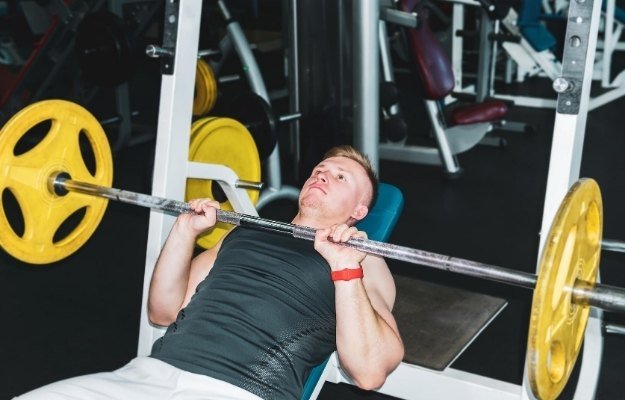
Hormone Health TRT

Start your way to a better shape. Fill your workout calendar with these science-backed exercises.
Whether your goal is to lose weight or build muscles, achieving your fitness goal requires careful planning and discipline.
Since consistency is the key to viable results, you will be able to see and track your progress through a bigger picture and make adjustments after completing a program. Besides custom-made, building your workout calendar gives a sense of accountability and commitment to your fitness goals.
When planning your workouts, bear in mind the goals you want to achieve. Here are some of the basic things that you must consider when planning a workout calendar:
Warm-Up and Stretch
Warm-up and stretching exercises are an essential inclusion to rev up your body before a workout. Warm-up and stretching exercises only take 5-10 minutes, and if done right, can reduce the risk of muscle soreness and injury.
Set a Rest/ Recovery Day
Recovery after a workout is vital, especially after an intense strength exercise. This allows your body to have enough time to repair tissues and muscles and build strength.
Experts recommend exercising three days a week to achieve fitness goals. If you plan on working out more than three times a week, you may divide your exercises according to body area. For instance, target the upper body muscles for a specific day than the lower body muscles on the next.
Proper Nutrition

A proper diet is just as essential as the workout, perhaps, even more. Proper nutrition fuels your body and helps in recovery before, during, and after workouts. Take macros – protein, carbs, and fats – as well as calorie count into consideration when creating your pre-workout and post-workout meals.
Face Pulls
This simple exercise works the upper body for a broader back and shoulders.
Using a cable machine, hold the ropes on each hand with your thumbs up. Take a few steps back, pull the handles, and then hold for two seconds. Return to the starting position and check your posture making sure to keep your shoulders up.
Barbell Back Squats
Never skip leg day!
Barbell Back Squats is an effective lower body workout that targets the legs, glutes, and provides stability to the ankles.
Practice this workout by standing in a squat position. Get your chest and chin up, push your elbows forward, and keep your knees in line with toes. Doing this workout in the right position reduces the risk of injury.
Before starting, make sure to choose the bearable amount of weights. Lift the bar off the rack with it resting on your back shoulder. Take two steps back and keep your eyes at a spot approximately 2 meters from you. Do the squat position with your toes slightly pointing out. Keep the weights on your heels as you move back up.
Barbell Bench Press

The barbell bench press is another exercise you can add on your calendar on your upper body workout day. Besides the shoulder muscles, this workout also strengthens the chest and triceps.
The bench machine is accessible equipment available in most gyms. To start, lie flat on your back on a bench. Grip the bar with your hands apart, wider than your shoulder width. Lift the bar slightly and bring it down to your chest as you breathe in. Grip the bar harder and breathe out as you push up.
Dumbbell Bicep Curls
The dumbbell bicep curl is a classic exercise that strengthens arm muscles, specifically the deltoid, forearm, and of course, the biceps.
To properly execute bicep curls, start with a comfortable standing position with your legs about shoulder-width apart. Hold a dumbbell in each hand, palm facing the side of your thighs. Lift your arms towards your shoulder, rotating your forearm as you do so. Keep your elbows close to the body as you lift the weights down.
High-Intensity Interval Training (HIIT)
High-intensity Interval Training (HIIT) workouts typically combine short, but intense cardio exercise with short periods of rest or lower-intensity workout in between. Generally, a HIIT workout lasts for 10 to 30 minutes. If you are looking for an effective exercise that does not take much of your time, HIIT is for you.
Benefits of HIIT include calorie burn and an increase in metabolism hours after working out. Moreover, studies reported that HIIT might reduce blood sugar and increase oxygen consumption. The study suggests that HIIT improves peak power output in inactive aging men.
A sample HIIT workout may include a combination of doing exercises such as crunches, lunges, knee touch, and burpees for 45 seconds with 30 seconds rest in between.
Treadmill HIIT is also proven to be easy and effective. One way to do this is by sprinting for 20 seconds between 7-9 mph and then walking for 40 seconds between 3 and 4 mph.
The recommended HIIT sessions per week are 2-3 days with 24 hours rest in between, to allow recovery.
A carefully planned-out workout calendar is essential in achieving your fitness goals. Incorporate these exercises together with rest and a healthy diet to achieve maximum results.
Want a customized plan for your workout? Get support and insight from top-tier physicians, completely available for you 24/7. Contact us today or leave a comment below!
Your health, your terms. Discover how personalized care can transform not just the way you feel, but how you live.